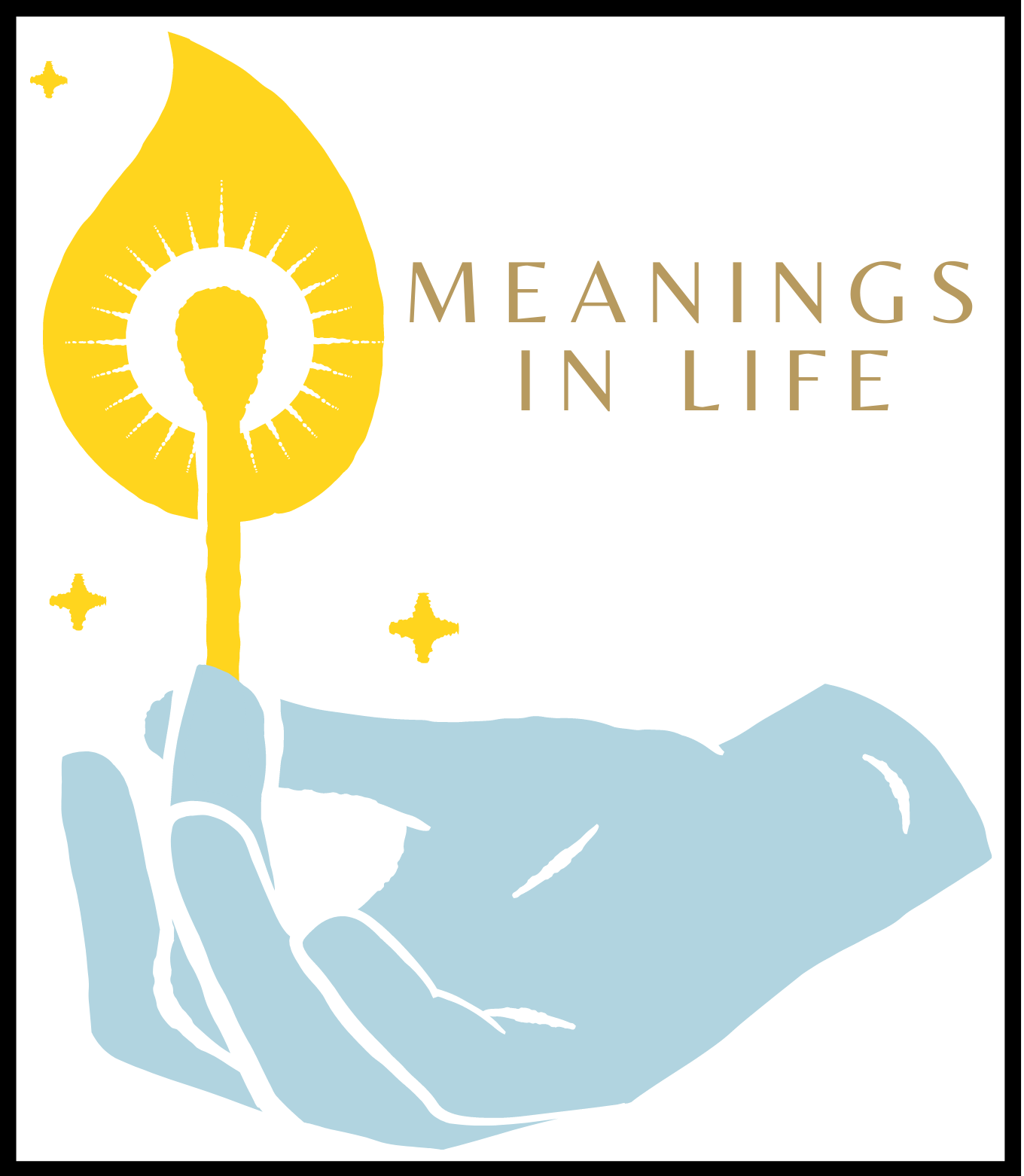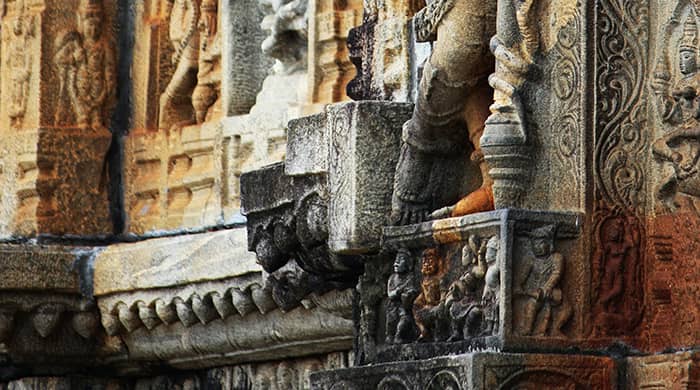Spiritual statues have long held a profound place in the hearts and minds of people across cultures. These beautifully crafted figures, often made from various materials such as stone, metal, or wood, serve as tangible representations of the divine or sacred. They hold a significant role in religious and spiritual practices, acting as focal points for prayer, meditation, and devotion.
However, what happens when these revered statues break? Are they merely objects damaged by time and circumstance, or do their fractures hold deeper meaning?
Definition of a Spiritual Statue
Before delving into the symbolism behind broken spiritual statues, it is important to establish what exactly constitutes a spiritual statue. In essence, a spiritual statue is an artistic portrayal of a religious or spiritual figure that holds sacred significance within its respective culture.
These statues can represent gods and goddesses in polytheistic traditions or revered beings such as prophets or enlightened individuals in monotheistic faiths. These statues serve as physical embodiments of spiritual ideals and values.
They are not mere decorations but rather powerful symbols that act as conduits between the earthly realm and the divine. Whether it’s the serene Buddha statues found across Asia or the intricately carved Hindu deities adorning temples in India, these sculptures are revered for their ability to inspire devotion and facilitate connection with higher realms.
Symbolic Significance of Spiritual Statues in Various Cultures
The symbolic significance attributed to spiritual statues varies greatly across different cultures and belief systems. In many traditions, these statues are seen as representations of divine attributes such as wisdom, compassion, strength, or fertility. They embody virtues that individuals aspire to cultivate within themselves.
For example, in ancient Greek mythology, the statue of Athena was considered an embodiment of wisdom and strategic warfare skills. Greeks would seek her guidance by praying before her statue before engaging in battles or making important decisions.
Similarly, in Hinduism, statues of deities like Shiva symbolize the power of destruction and creation. Devotees believe that by offering prayers and performing rituals in front of these statues, they can invoke the blessings and protection of the deity.
In essence, spiritual statues serve as a visual reminder of the divine qualities that humans strive to embody. They act as a bridge between the tangible and intangible realms, allowing individuals to connect with higher powers and seek guidance on their path towards enlightenment or spiritual growth.
Understanding the Breakage
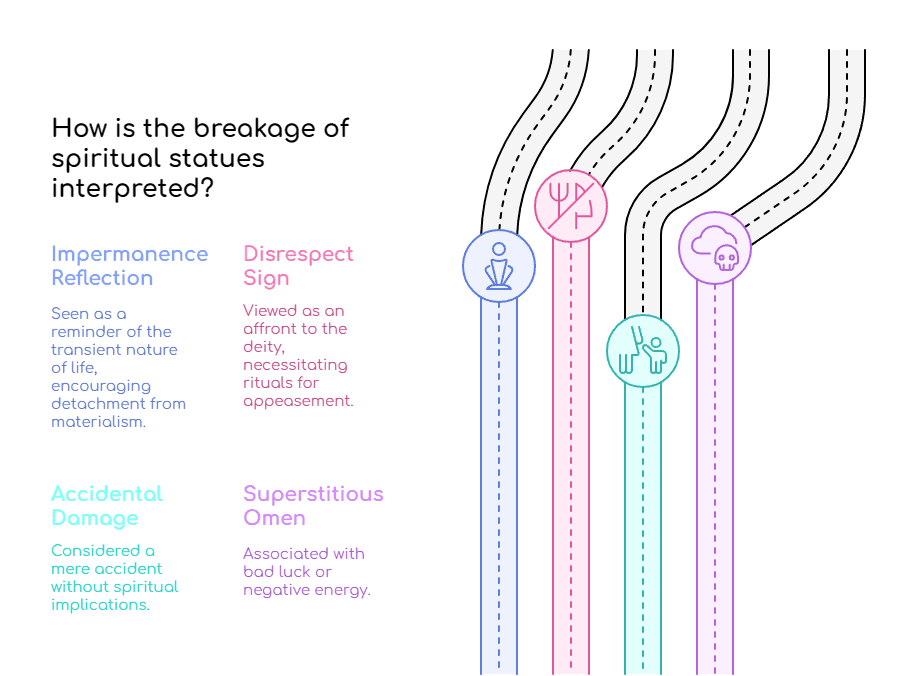
Different Interpretations Across Cultures and Beliefs
When it comes to understanding the breakage of spiritual statues, one fascinating aspect is the diverse interpretations found across various cultures and belief systems. In some Eastern traditions, such as Buddhism or Hinduism, a broken spiritual statue might be seen as a reflection of impermanence and the transient nature of all things. It symbolizes that nothing in this world lasts forever and encourages followers to detach themselves from material possessions.
On the other hand, in certain indigenous cultures, a broken spiritual statue could be seen as a sign of disrespect to the deity or spirit it represents. Such an occurrence may call for specific rituals or ceremonies to appease the offended entity.
In Western societies where spirituality may take different forms, interpretations can vary greatly too. For instance, some people might view a broken spiritual statue as a mere accident caused by physical factors like wear and tear or clumsy handling.
Others might see it through a lens of superstition, associating it with bad luck or an omen of impending misfortune. This wide range of interpretations highlights the rich tapestry of beliefs that exist globally and reminds us that meaning can be subjective.
Superstitions and Folklores
Throughout history, many superstitions have developed around broken spiritual statues. In some cultures, it is believed that breaking such a statue brings forth negative energy into one’s life. It is thought to disrupt the harmony between individuals and their connection with higher powers or divine forces.
These superstitions often lead people to handle spiritual statues with extreme care out of fear that any mishap could arouse ill-fated consequences. Folklore around broken spiritual statues also includes tales associated with supernatural beings or entities believed to inhabit these sacred objects.
Some legends suggest that if you break a statue representing certain deities or spirits, they may become angered and seek revenge or mischief upon the one responsible. These stories serve as cautionary tales, cautioning individuals to treat spiritual statues with reverence and respect.
The interpretations surrounding the breakage of spiritual statues are as diverse as the cultures and beliefs themselves. While some perceive it as a reminder of impermanence, others associate it with superstitions and folklore.
These different understandings reflect the complex relationship between humans and their spiritual practices across various societies. The next section delves deeper into the possible causes of breakage, shedding light on natural wear and tear as well as energetic or spiritual reasons behind this phenomenon.
Possible Causes of Breakage
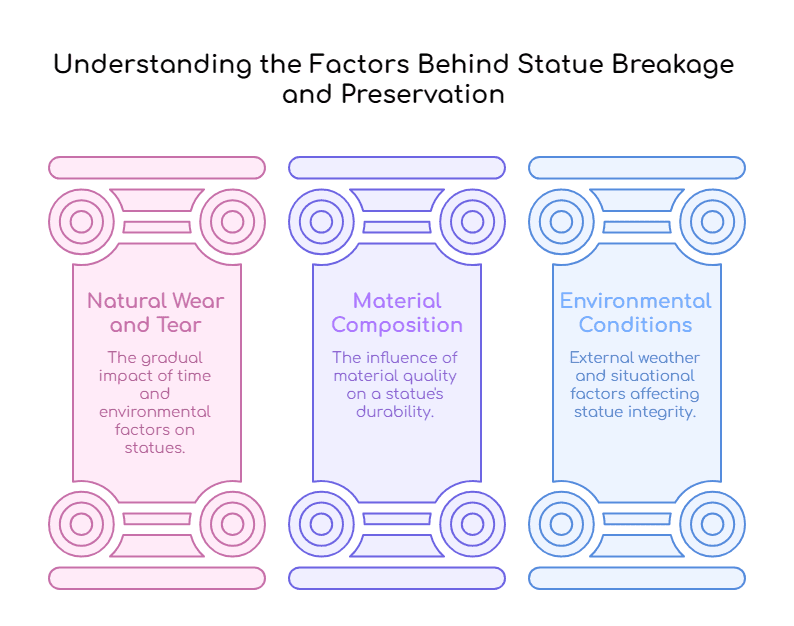
Natural Wear and Tear Over Time
Spiritual statues, like any other objects, are subject to the passage of time. Over the years, materials may deteriorate due to exposure to various elements. For instance, a statue made of clay or wood might be susceptible to cracking or decay as it ages.
Additionally, changes in temperature and humidity can contribute to the gradual weakening of the statue’s structure. It is important to consider that these factors might cause breakage not due to any supernatural influence but simply as a natural consequence of time.
Material Composition and Durability Factors
The composition and quality of materials used in crafting a spiritual statue play a significant role in its longevity. Different materials vary in their strength and resistance to damage.
For example, statues made from delicate materials such as porcelain or glass are more prone to breakage than those sculpted from sturdier substances like stone or metal. The craftsmanship also plays a vital role; if the statue was poorly made with weak joints or insufficient support structures, it becomes more susceptible to damage.
Environmental Conditions Affecting the Statue’s Integrity
The environment surrounding a spiritual statue can impact its condition over time. Extreme weather conditions like excessive heat, cold, humidity, or direct sunlight may cause structural weaknesses in the statue.
Exposure to moisture can lead to mold growth or rotting if proper precautions are not taken. Moreover, if placed outdoors or in an area with high foot traffic or bustling activity, there is an increased likelihood of accidental collisions that could result in breakage.
Energetic or Spiritual Reasons for Breakage
Negative Energy or Disturbances in the Surroundings
Many belief systems attribute spiritual significance to objects and their interactions with energy fields surrounding them. Some people assert that negative energy present within an environment, such as conflict, anger, or negative emotions, can affect the energetic vibrations of a spiritual statue. Over time, the accumulation of this negative energy may weaken the statue’s spiritual connection and lead to its eventual breakage.
Spiritual Entities or Forces Influencing the Statue’s State
In certain cultural and religious beliefs, it is believed that spiritual entities or forces can influence physical objects. Some people believe that spirits or deities may use a broken statue as a means of communication or as a sign to convey messages.
As such, they interpret the breaking of a spiritual statue as an indication that divine intervention or supernatural beings are trying to communicate with them. While these potential causes offer explanations for why a spiritual statue breaks, it is important to note that interpretations may vary widely depending on individual beliefs and cultural contexts.
Some may see it as mere coincidences while others consider it deeply meaningful and significant. Regardless of the cause behind the breakage, examining both natural and spiritual factors enables one to explore different perspectives on this intriguing phenomenon.
Interpretations and Meanings Behind Breakage
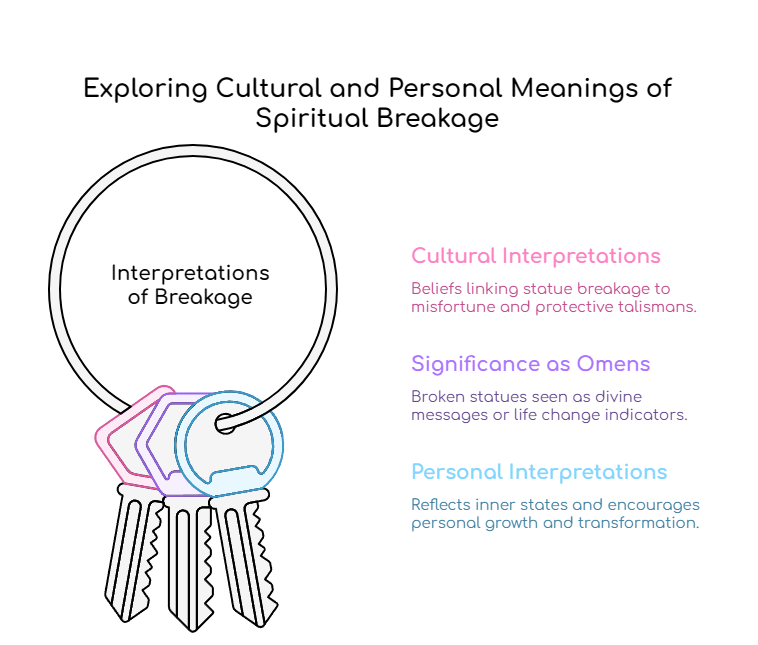
Cultural Interpretations: Beliefs about Impending Misfortune or Bad Luck
In various cultures, the breaking of a spiritual statue is often associated with impending misfortune or bad luck. These beliefs stem from the idea that a spiritual statue serves as a protective talisman or conduit to higher powers.
When it breaks, it is believed that this connection is severed or disrupted, leaving individuals susceptible to negative energies and unfortunate events. For example, in some Asian cultures, such as Chinese and Japanese traditions, breaking a statue is considered an ill omen that may bring financial loss, health issues, or relationship problems.
Significance of Broken Statues as Omens or Messages
Beyond beliefs in misfortune, broken spiritual statues are also seen as omens or messages from the divine realm. It is believed that when a statue breaks unexpectedly, it carries symbolic meaning and communicates certain messages to those who observe it. This interpretation varies across cultures and religions but often suggests that something needs attention or change in one’s life.
The specific symbolism can differ based on the context of the broken statue. For instance, if a statue of a deity associated with love shatters into pieces, it may be seen as an indication of troubles in romantic relationships.
Personal Interpretations: Reflecting Inner States and Transformation
On a personal level, the interpretation of a broken spiritual statue can be deeply subjective and introspective. Some individuals believe that these occurrences reflect their emotional states or inner conflicts at the time of breakage. It could signify feelings of turmoil, unresolved issues within oneself, or even suppressed emotions seeking release.
Additionally, some interpret the breaking of a spiritual statue as an invitation for personal growth and transformation. Seeing this event as an opportunity for self-reflection can inspire individuals to reassess their lives, break free from negative patterns, and embrace positive changes.
Rituals and Practices Associated with Broken Statues
Repairing Broken Statues: Symbolic Restoration of Balance and Harmony
In many cultures, repairing broken spiritual statues is regarded as a symbolic act of restoring balance and harmony. It represents the understanding that even when something valuable breaks or seems damaged, it can be repaired and made whole again.
This ritualistic practice showcases the resilience of individuals in overcoming challenges and aims to bring back the spiritual connection that was disrupted. By repairing a broken statue with care and devotion, individuals express their commitment to renewal and the restoration of divine energy in their lives.
Conclusion
The breaking of a spiritual statue holds diverse interpretations across cultures and personal beliefs. While some view it as a sign of impending misfortune or an omen with specific meanings, others perceive it as an invitation for introspection, transformation, and personal growth. Rituals surrounding the repair of broken statues symbolize resilience, balance restoration, and the reaffirmation of our connection to higher powers.
Ultimately, whether considering cultural or personal interpretations, these occurrences remind us that even amidst adversity or perceived disruptions in our spirituality, there is always an opportunity for renewal. Embracing this perspective can empower us to navigate life’s challenges with optimism while recognizing our ability to restore harmony within ourselves and our surroundings.
